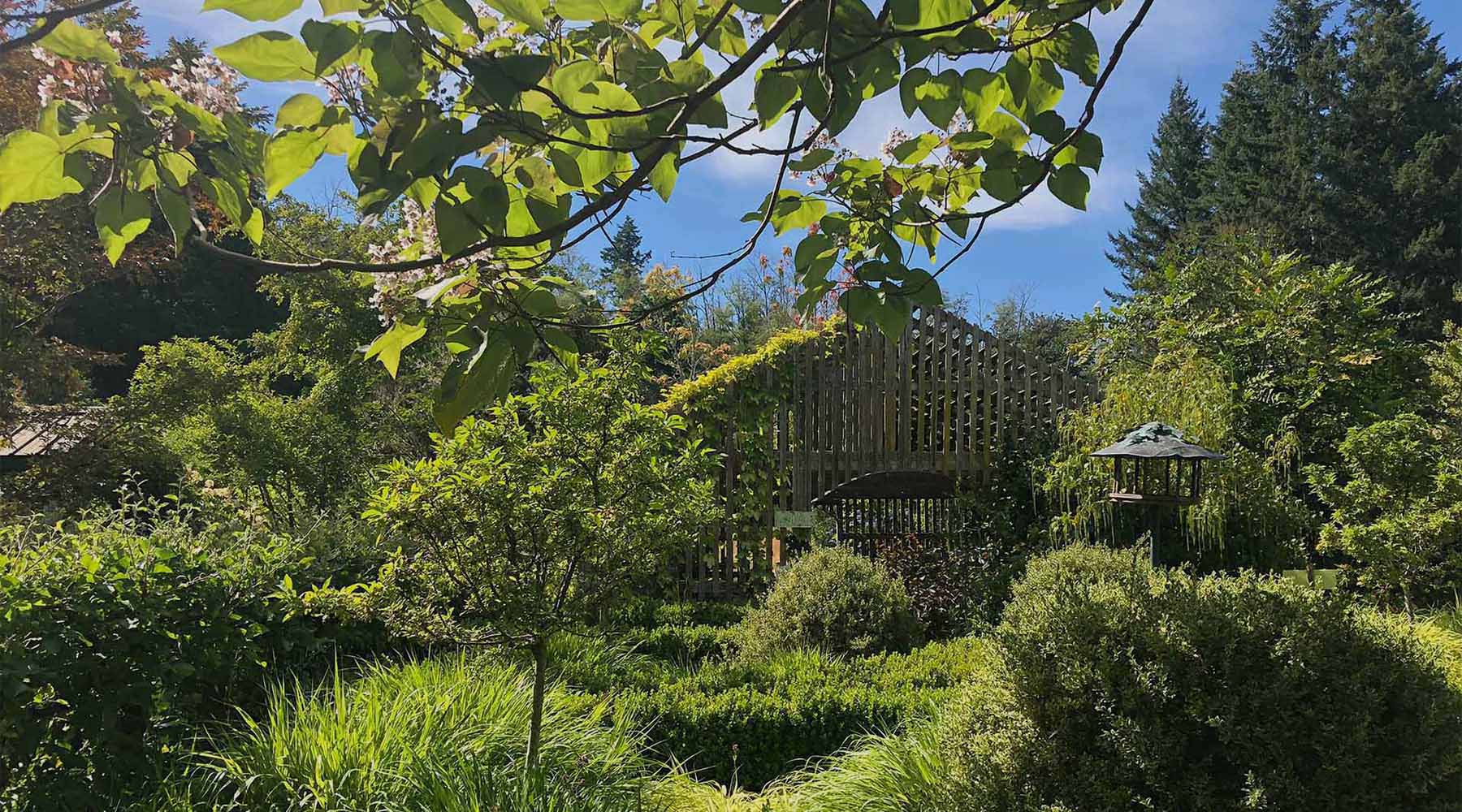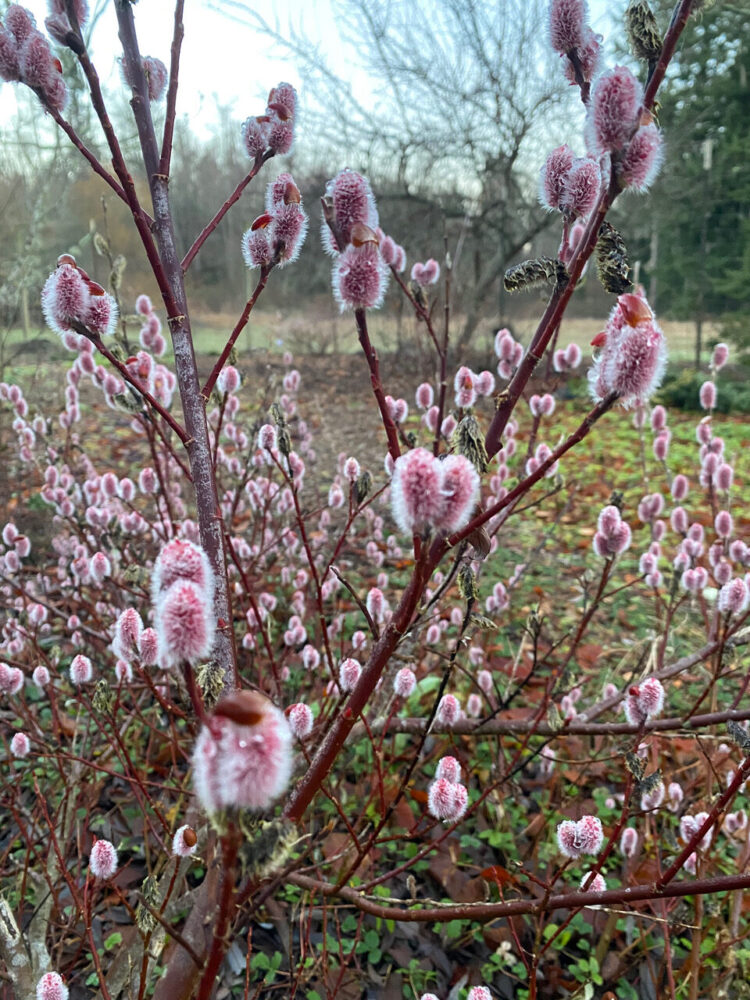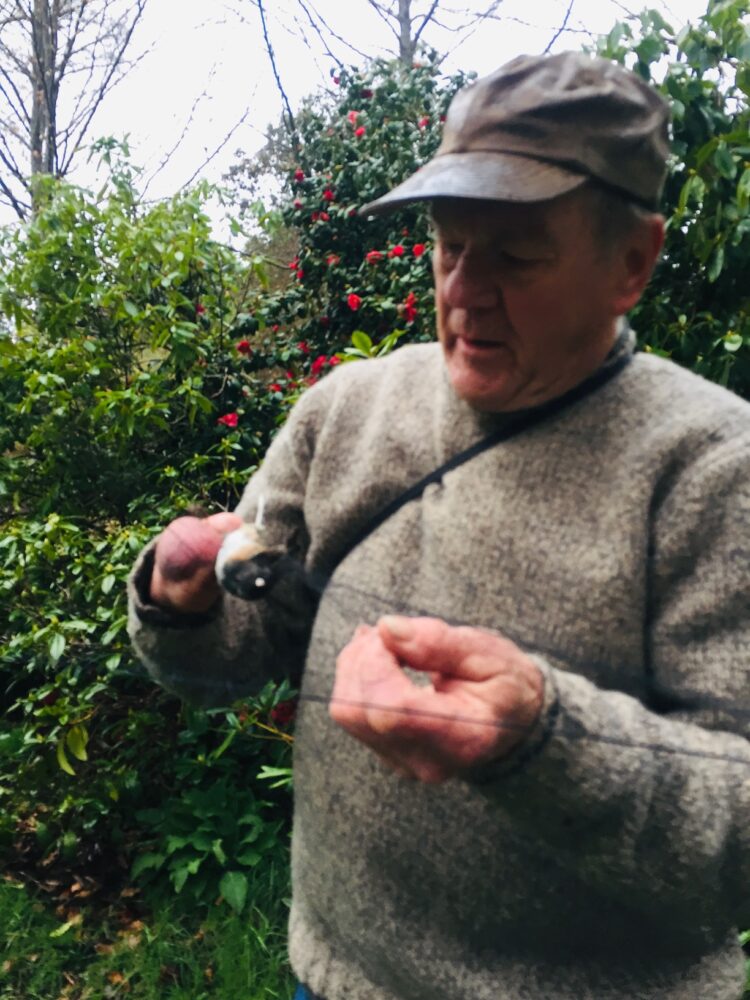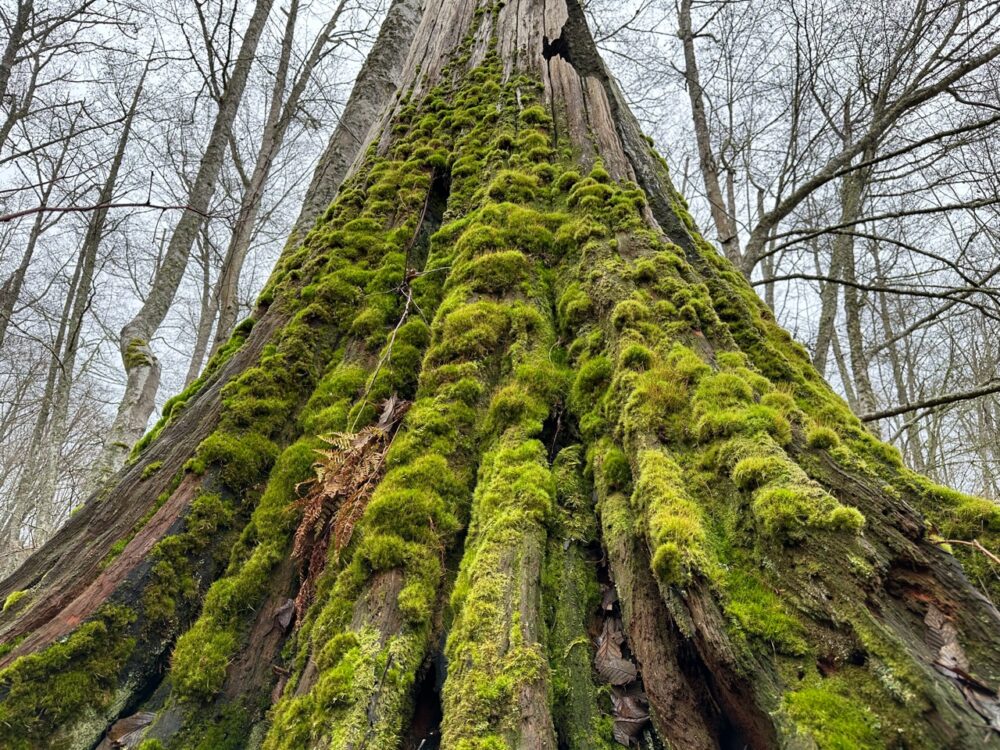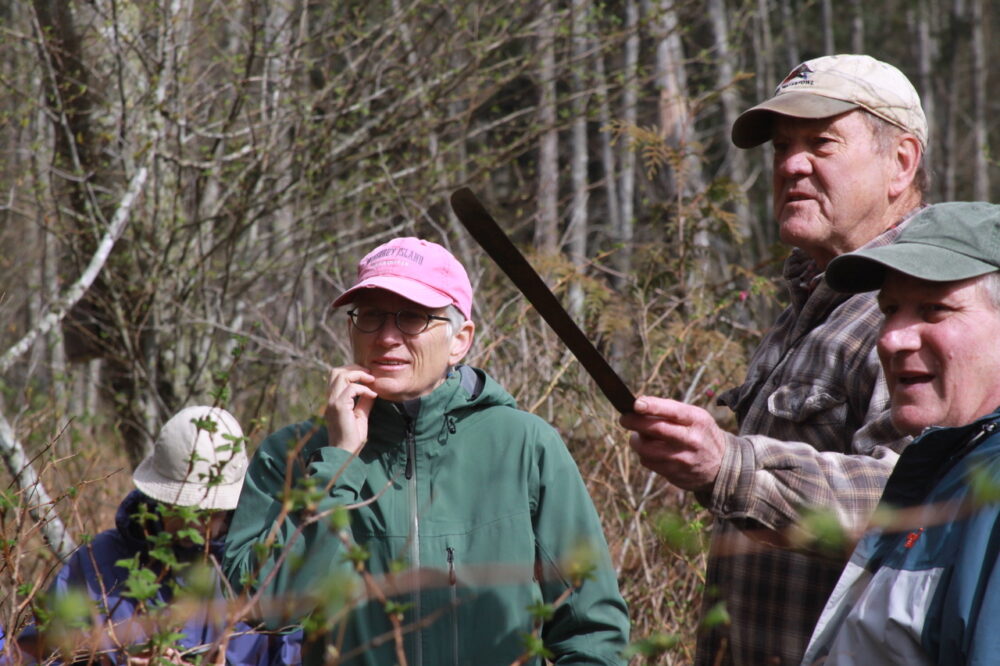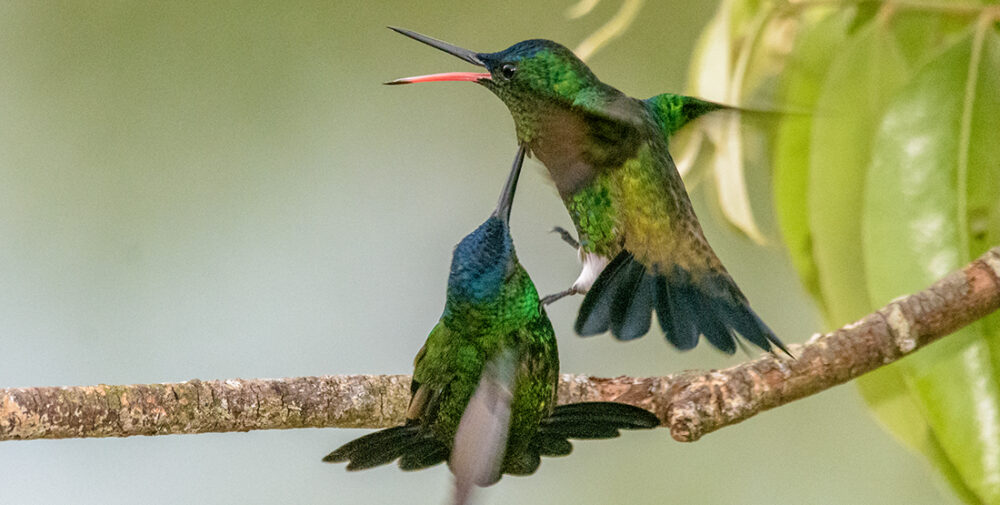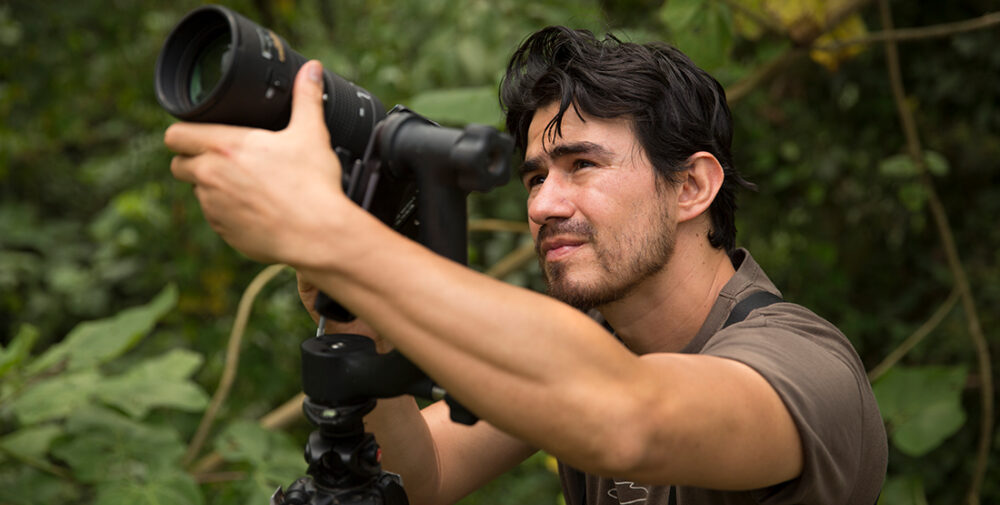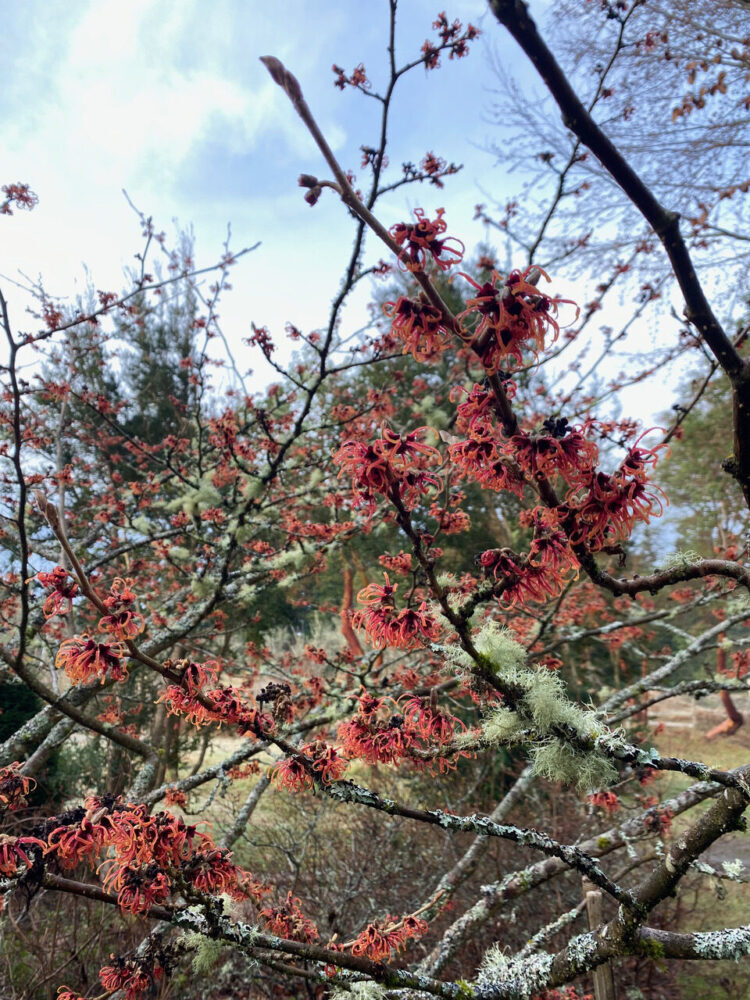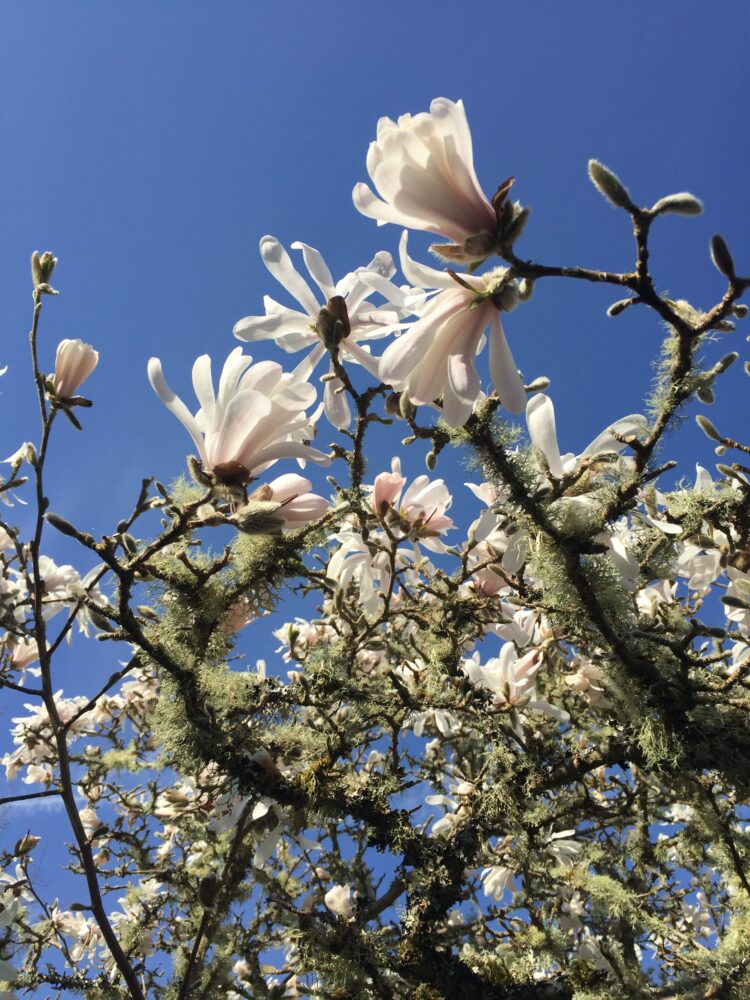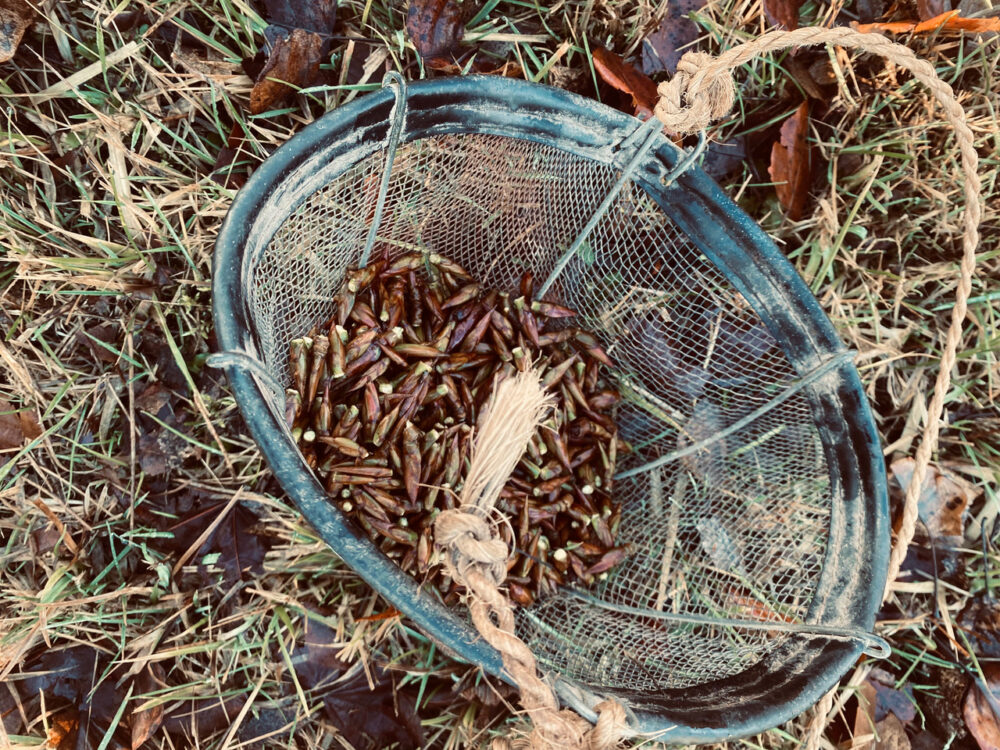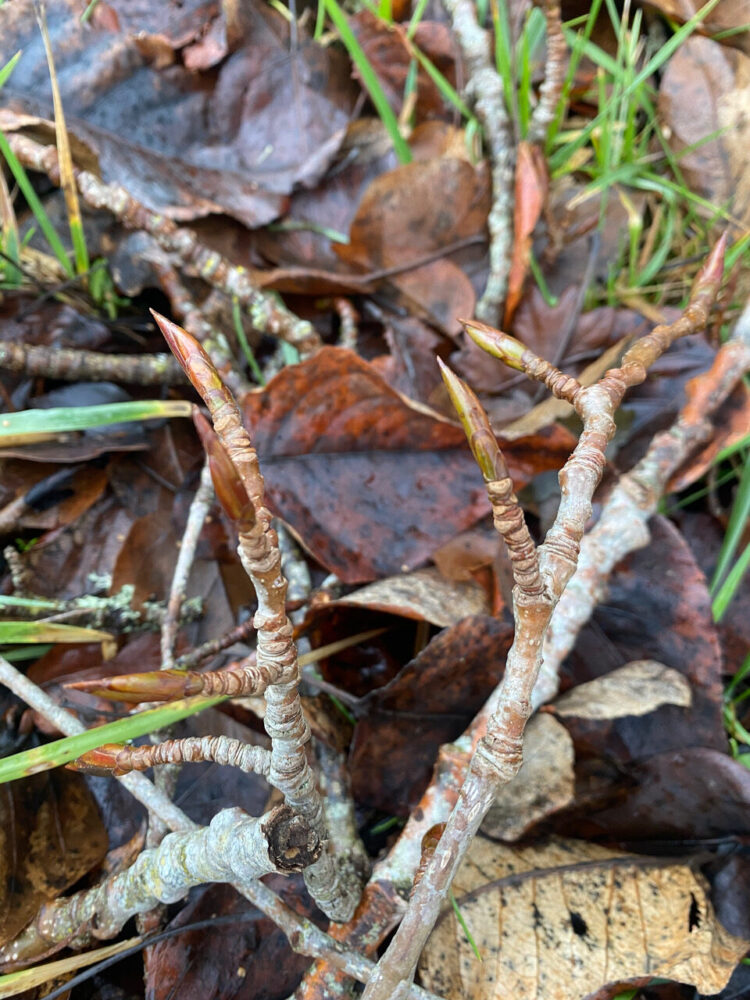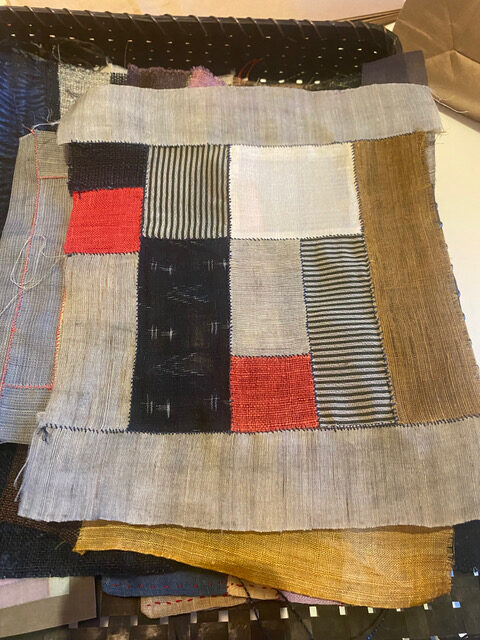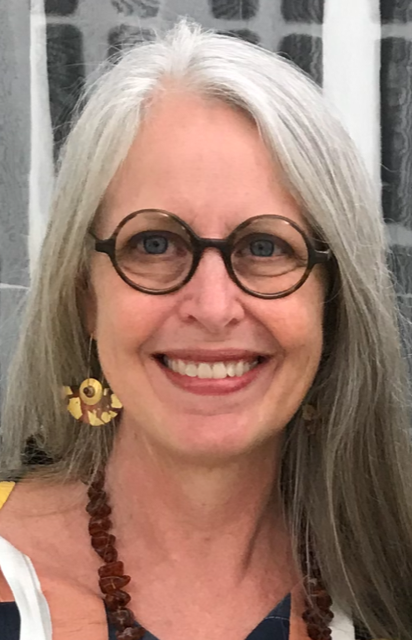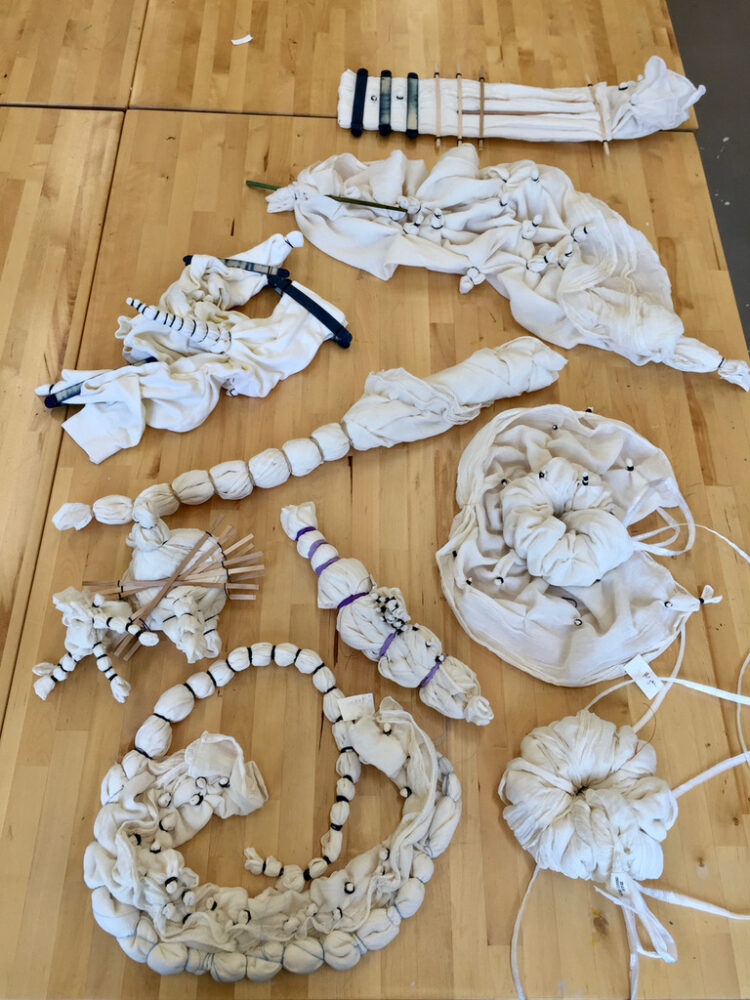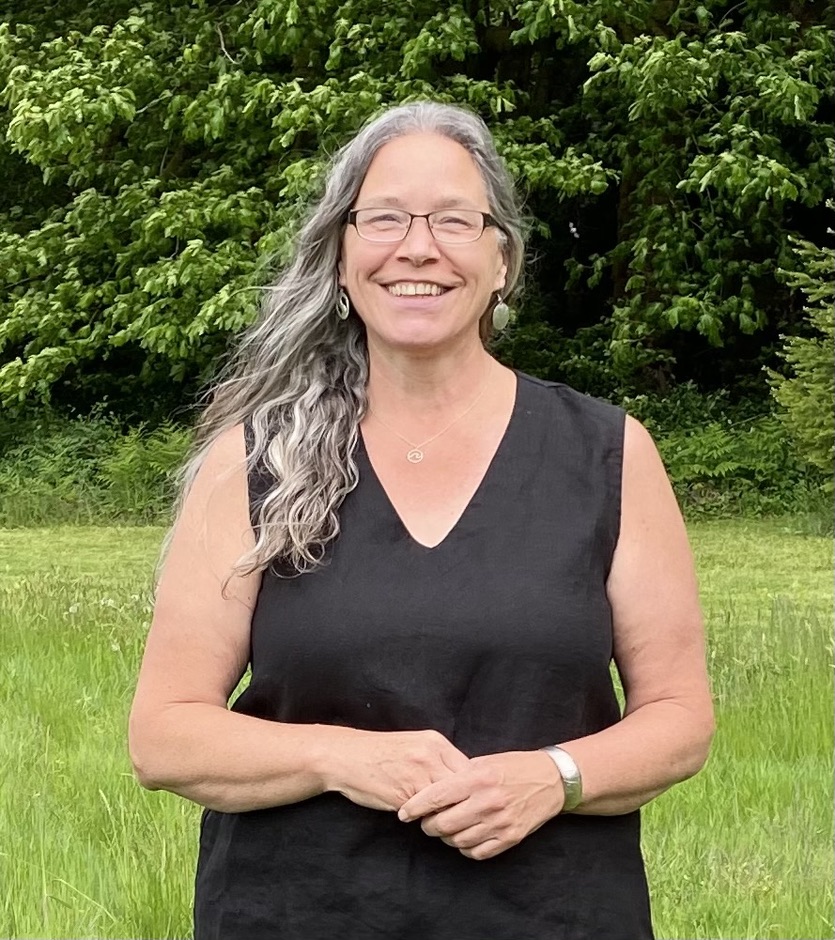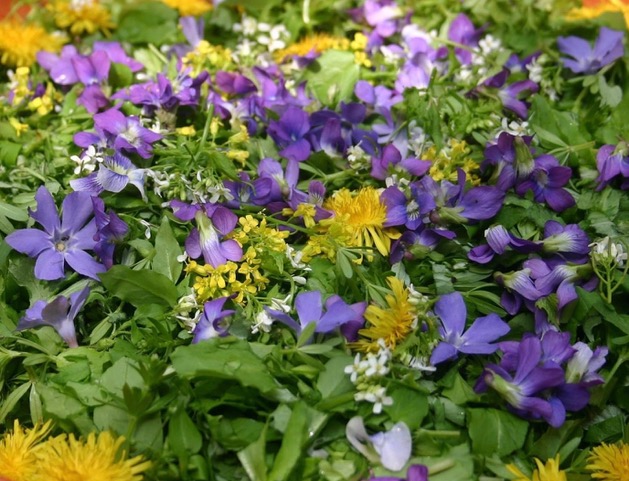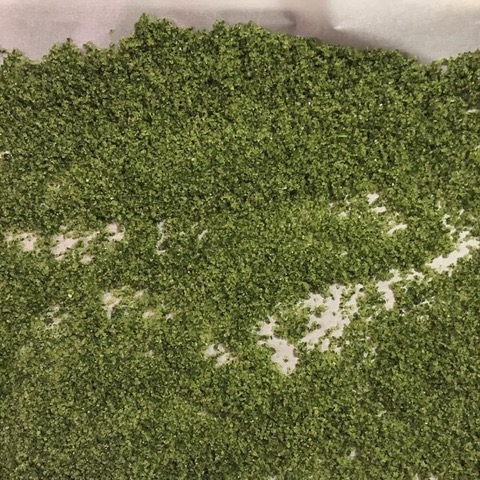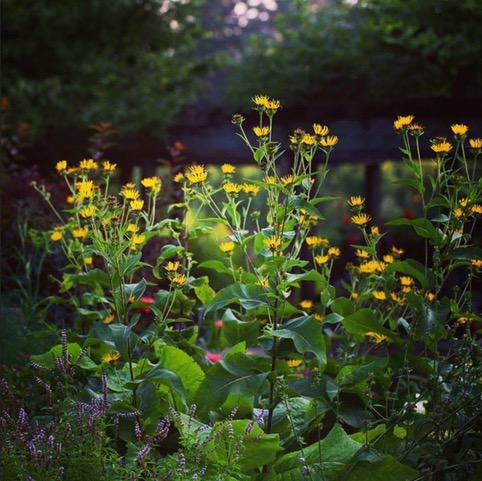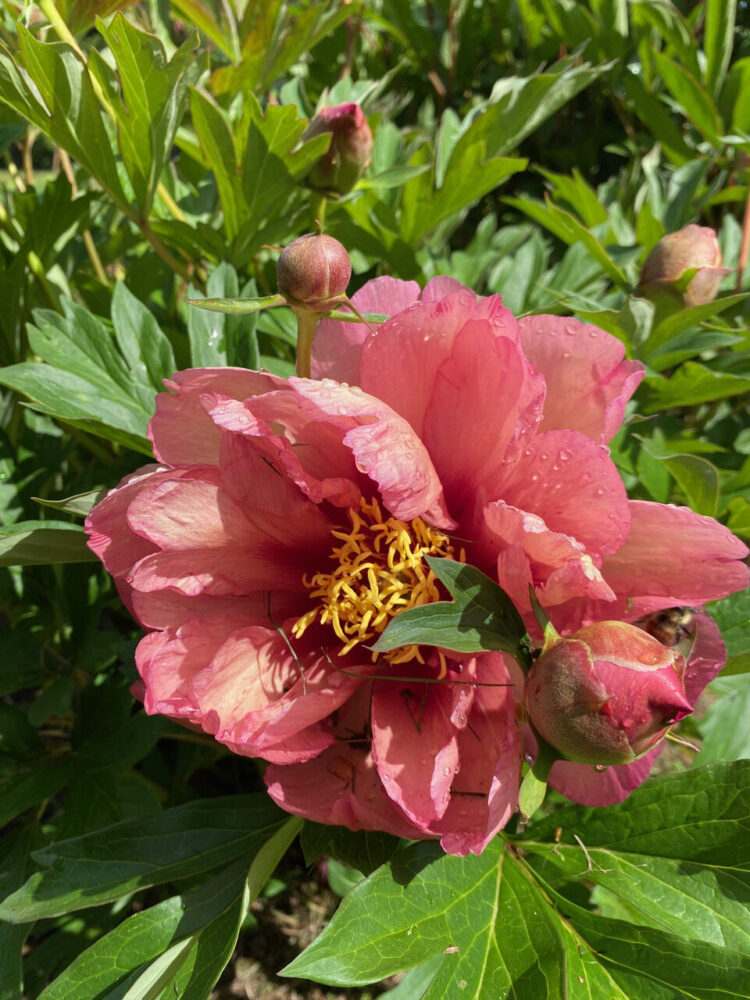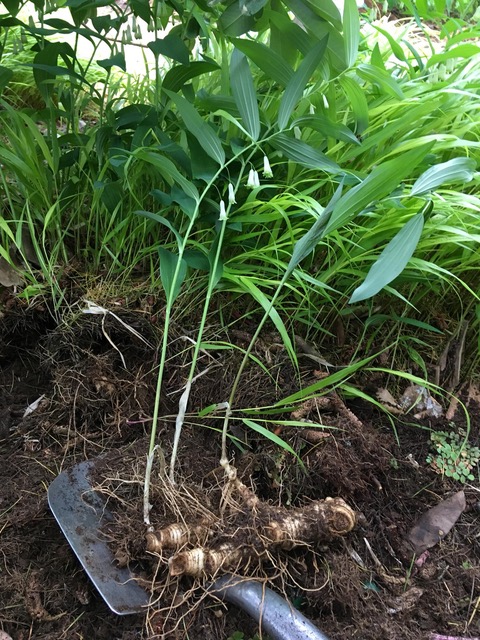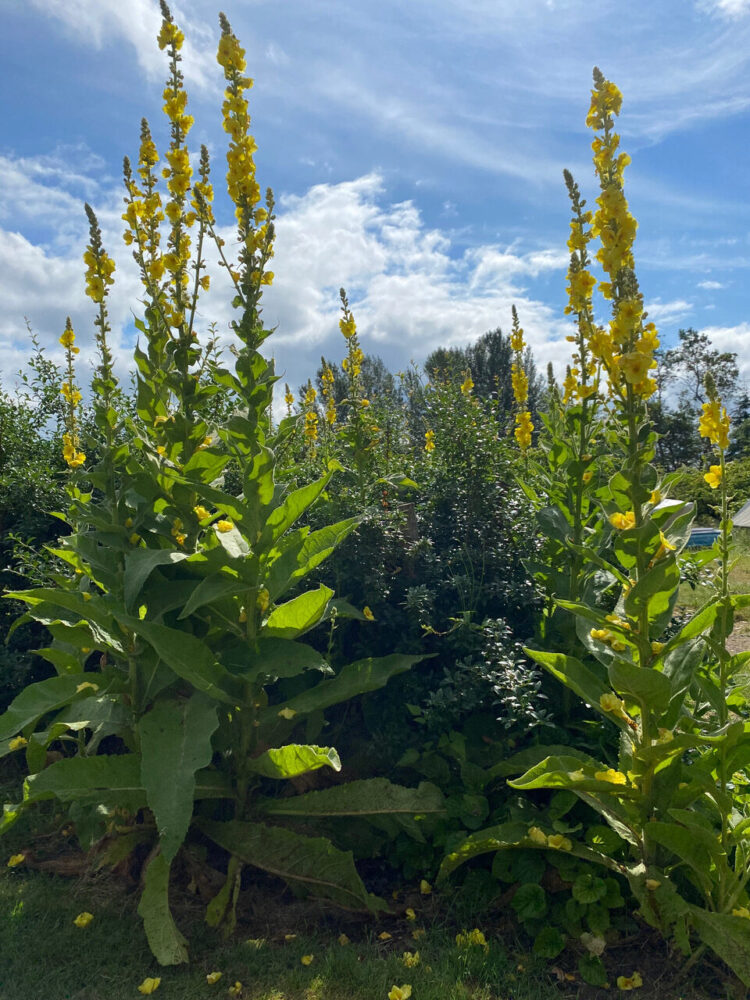Happy New Year to all and what better color to welcome us all into the soft start of new growth than this wonderful pink willow Salix gracilistyla ‘Mount Aso’ – . I do love it but would appreciate it more if it’s growth habit was upright and not sprawling as that just keeps it handy for deer and rabbits which we have in abundance.
I’m finally getting my feet back underneath me after the busy Winter Market season and holidays in general. I’m very excited about some up coming classes. Many don’t have page links yet but I want to give you dates so you can hold them if interested.
Dr Sievert Rohwer Professor Emeritus & Curator of Birds with mist net at an earlier class.
Old snag in the woods at Sievert’s property – donated to the Whidbey Camano Land Trust
Bird & duck nests will be found!
Sievert leading a Land Trust tour
One of 4 ponds on the property with bridge over the spillway.
Two male Indigo-capped Hummingbirds (Amazilia cyanifrons), photographed by Dr Alejandro Rico-Guevara.
I’m super excited to say we finally have found a time for a FUNDRAISING class for Ornithology at the Burke Museum. The class will be taught by Professor Emeritus and Curator of Birds, Dr Sievert Rohwer as well as new Curator of Birds, Dr Alejandro Rico-Guevara.
All profits will be added to the Endowment for Ornithology.
May 6th – 9 am – 3 pm or so.
Insructors:
Sievert Rohwer continues his research on avian behavior and feather function and volunteers to help Ornithology at the Burke. He was instrumental in developing the Burke’s Ornithology collections, which are unsurpassed in the Northwest and an international resource for the study of birds. The Burke’s bird collections are mostly new and data rich, and international in scope. Its collection of extended wings is much the largest in the world, and the avian tissue collection for genetic studies has been the basis for hundreds of scientific publications.
New Curator of Birds, Dr Alejandro Rico-Guevara is an evolutionary biologist and behavioral ecophysicist. His scientific research has focused on nectar-feeding animals with an emphasis on hummingbird bill morphology and biomechanics. Alejandro is from Columbia and is expanding his dissertation work on hummingbirds to explore the many independent origins of nectar feeding in the avian tree of life.
Dr Alejandro Rico-Guevara doing hummingbird fieldwork
High-speed cameras allow Dr. Rico-Guevara to study fighting behaviors of hummingbirds out in the field.
These inspiring ornithologists will illustrate how they have used collections to ask new questions that have lead to discoveries that satisfy our curiosity and enrich our knowledge of the world around us. They will also review the stature and nature of the Burke collections with examples that illustrate how museum collections are vital to scientists, artists, and others that use them.
We’ll start the day setting up mist nets to harmlessly catch and release birds ( a method used in much research ) and check active bird nests in both boxes and natural nest sites throughout Sievert’s forest paths.
Both men will give power point presentations of some of the research work they have done, with great photos and plenty of time for questions.
Mary’s homemade pie, Barb’s gluten & sugar free treats, and hot beverages provided – you bring your lunch.
All profits from this class will go into the Ornithology endowment for field work. Sievert’s presentation will include a brief overview of discoveries about western birds supported by this fund and important to their conservation.
I don’t have a link for this class yet as waiting to get photos from Alejandro which requires a trip to the Burke. You can email me if interested in holding a spot.
fee 300.00 – class size limited to 20
You know spring is on it’s way when the witch hazels start to bloom – bringing wonderful scent and hope to the still darker days of winter.
If you have a magnolia or any spring flowering trees you can cut a branch and bring inside to force the blooms – it’s a delight and since they’ve not leafed out you can see which branches pruned out will make the shape better anyway.
An odd species of solid green Hellebore I started from seed 20+ years ago. Don’t recall it’s species name but bought it from either Will McLewin of England or Gisela Schmiemann of Germany.
Gisela was the first person ( I think ) to work on breeding yellow flowering hellebores and I bought lots of seed from her. It was a long wait for them to bloom and see if they really were yellow. Now we have the brilliant work of Marietta & Ernie O’Byrne of Northwest Garden Nursery who’ve widened our hellebore palette by leaps and bounds.
For those enamored with the scent and medicinal qualities of cottonwood buds the huge winds this winter have provided us with a bonus by breaking off so many branches of these sweet smelling and very sticky buds.
I collected twice – once to share with young herbalist friends of Whidbey Herbal and again for my own use. Caitlin and Sam have a new product coming out with this cottonwood oil!
Patti King’s Feb 4 Bojagi – The Art of Korean Patchwork is sold out once again but we will be adding some dates for summer classes so stay tuned.
Elin Noble – textile artist and teacher will be back much to everyones excitement and requests for another part of Indigo dying. In the previous 2 years of very popular classes many students want a more in depth focus on techniques for sewing up the fabric to create the amazing shibori that Elin shows is possible.
Shibori Stitch Techniques April 22 & April 29 will be ONE Class where you’ll first learn the stitching options then have the week in between to accomplish them. On April 29th you return to learn how to pull up and tie off the stitches. Both days the class will be hosted in Elin and Lasses studio in Freeland.
These will be 2 hours in the afternoon – time and price yet to be determine
Elin will probably be offering an Indigo dying weekend – perhaps June or September. Elin is traveling internationally with her teaching, so has a very busy schedule, but is seeing what might work for teaching at home on Whidbey.
Erin Vanhee of Trillium Medicine will be back this spring offering two requested classes.
Erin taught Softening Trama with Rose last year to a large group of women who loved her class. I’ve known Erin and her devotion to herbal medicine for 35 years and am so happy for her to bring her skills back to Whidbey.
Feral Foods of Whidbey Island – Saturday, May 13 – 10 am – 4 pm
Join Erin and I as she leads us on the protocol of wild gathering, ID of many of our native plants and weeds that we can eat or use in medicine making. We’ll collect greens and flowers for a salad to share at lunch time ( bring your own lunch ) and we’ll be making a wild greens infused salt for each to take home.
Erin at last years Softening Trama with Rose class
Secret Medicine Plants of the Perennial Garden – June 17 – 10am – 4 pm
Erin will show us many surprising plants we often grow for their beauty alone which also have been used for generations for medicine and herbal teas, vinegars and elixirs. Come explore the gardens with new eyes.
Inula / Elecampagne
Peony
Polygonum – Solomon’s Seal
Verbascum – Mullein
